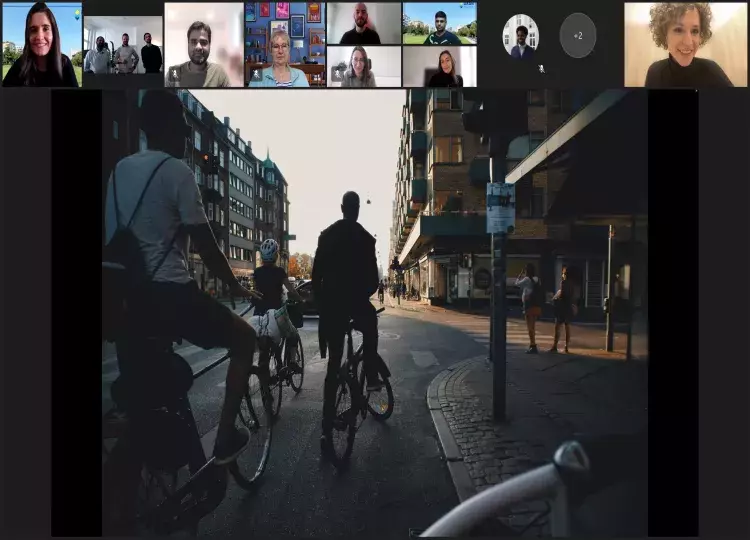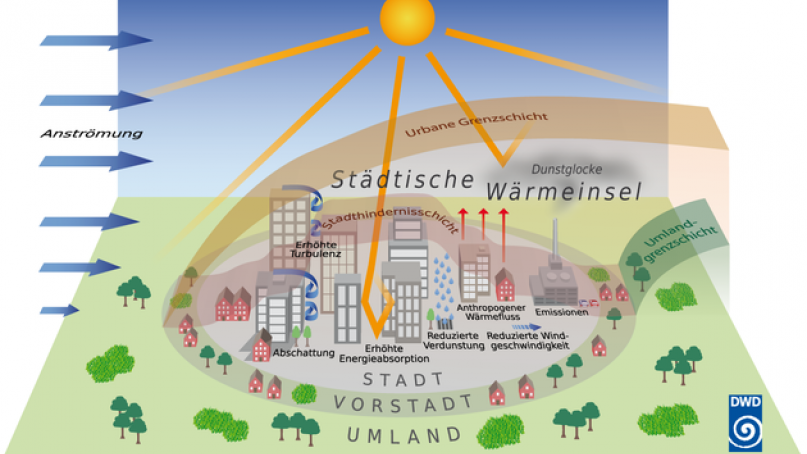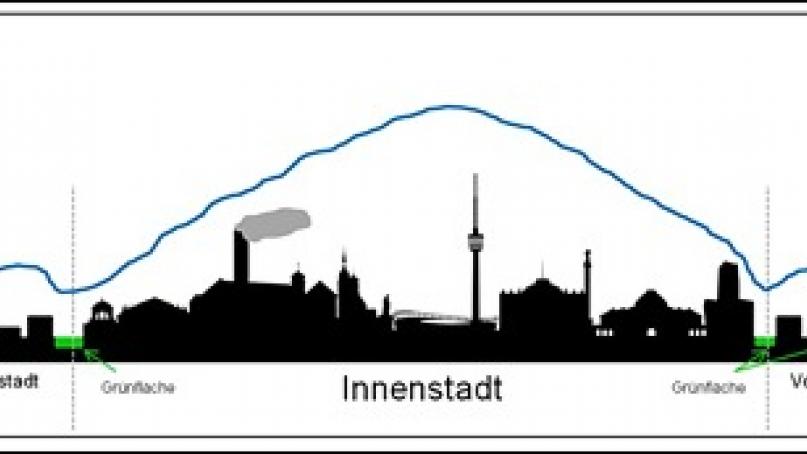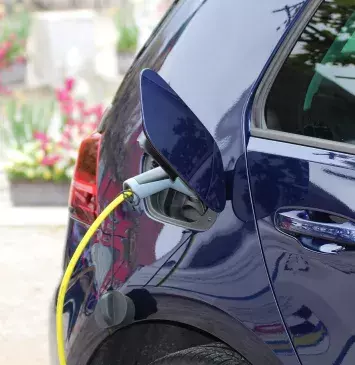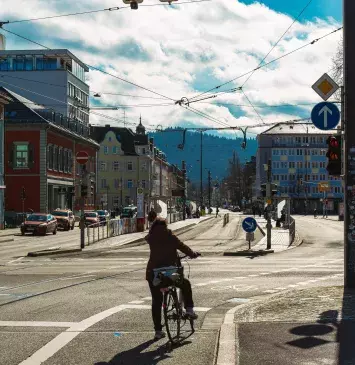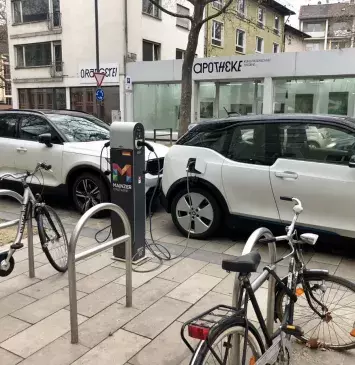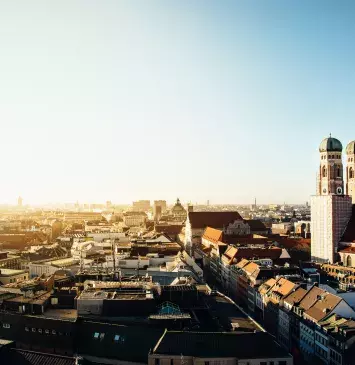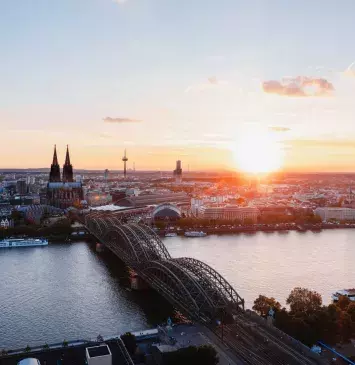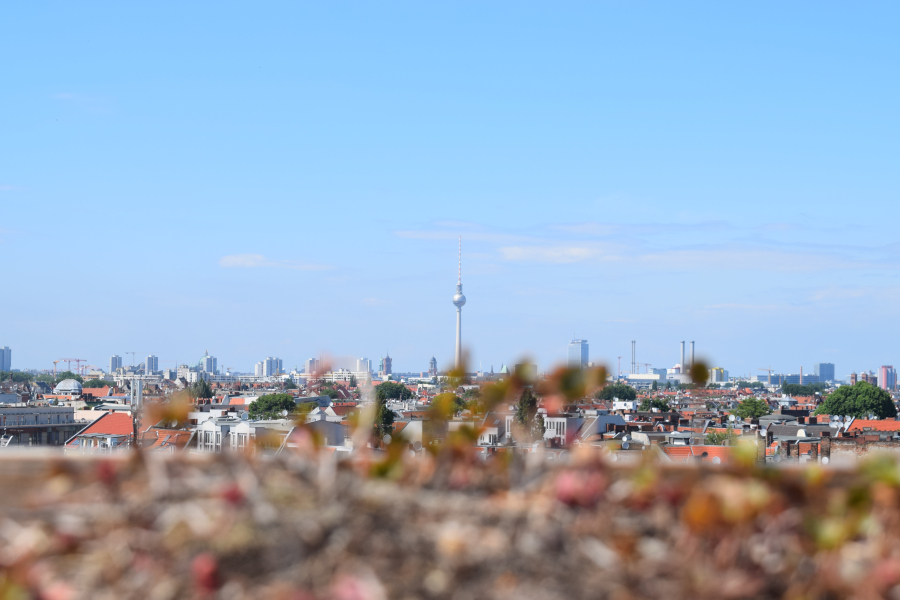
Regulating temperature in the city
Regulating temperature in the city
Climate forecasts suggest that there will be more heat summers in the future. This intensifies an already existing problem: the development of heat islands, also called urban heat islands. Due to the high level of sealing, building development and heat release from traffic and industry, the difference between the temperature within the city and the surrounding area can be as much as 10 degrees Celsius. Not only are daytime temperatures higher in the city, but nighttime cooling is lower, which also causes higher air pollution. The consequences are harmful to people and the environment: higher temperatures affect the physical and mental health of the population, damage inner-city vegetation and and lead to construction and technical measures (such as air conditioning), which in turn cause increased greenhouse gas emissions.
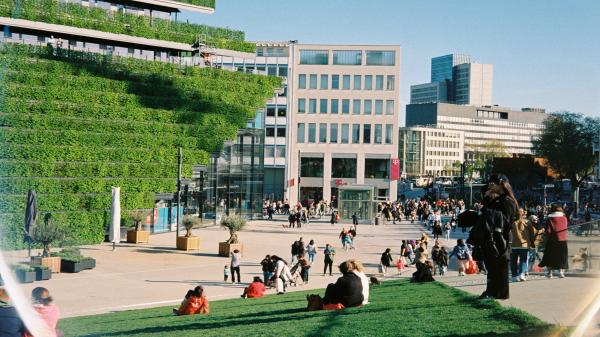
Green house facades can help cool down the city.
To avoid these consequences, it is important that municipalities first identify and understand their heat islands. Various data can be used to do this, including weather data, satellite imagery, and tree cover data. Based on this knowledge, various planning and building measures can be taken.
Approaches
- Existing weather stations can be used
- Temperature readings from floating car data provide up-to-date urban temperature data, covering many areas
- Other data can supplement the analysis: Tree cadastre/ tree population, air quality index, Copernicus data for temperatures, and satellite imagery.
Opportunities
- Better understanding of inner-city temperatures thanks to mobile data sources with a very large number of measurement points spanning the entire city and the course of the day
- Heat islands can be identified and measures can be taken to resolve them, such as additional greening
- More quality of life through more pleasant temperatures in the city and fewer emissions
Solution(s)
Monitoring heat islands
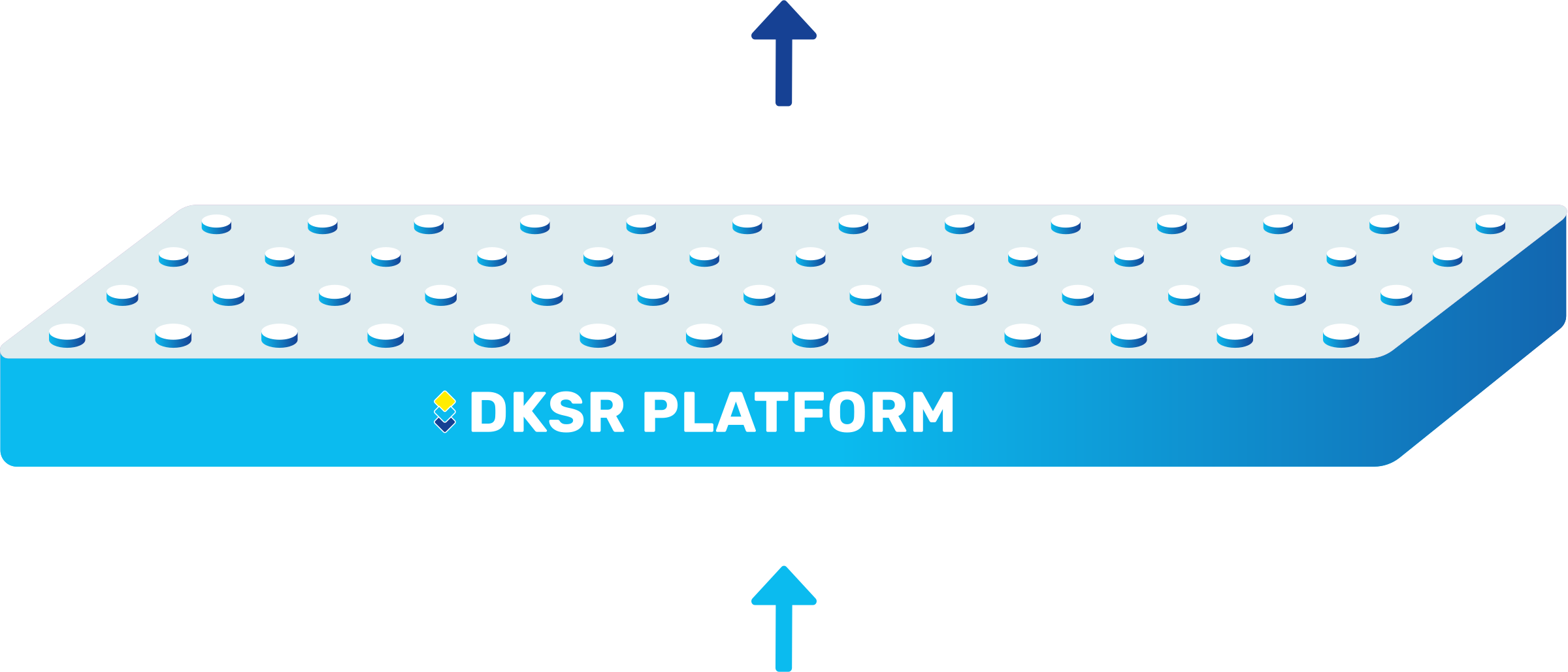
Open Weather Map API
Air quality data from Breeze Technologies
Air quality data Hawa Dawa
Data
Which SDGS are addressed?
In order to create globally sustainable structures, the member states of the United Nations have set themselves 17 goals by 2030, which are set out in the 2030 Agenda for Sustainable Development.
In the Open Urban Data Community, municipal actors can network with each other, engage in conversation, and work together on implementations. Benefit from the cost-free formats for the community!
You would like to be a part of the community?
